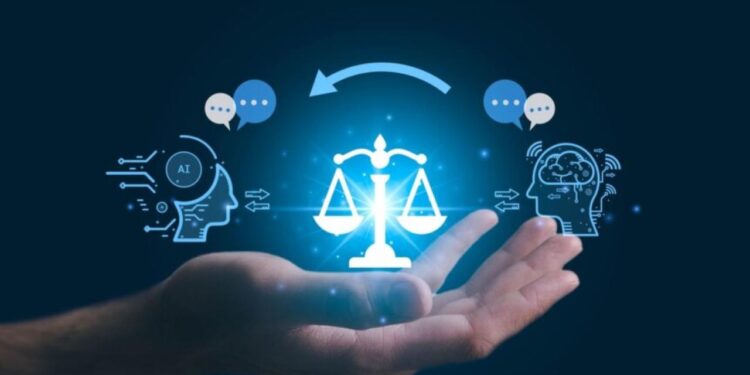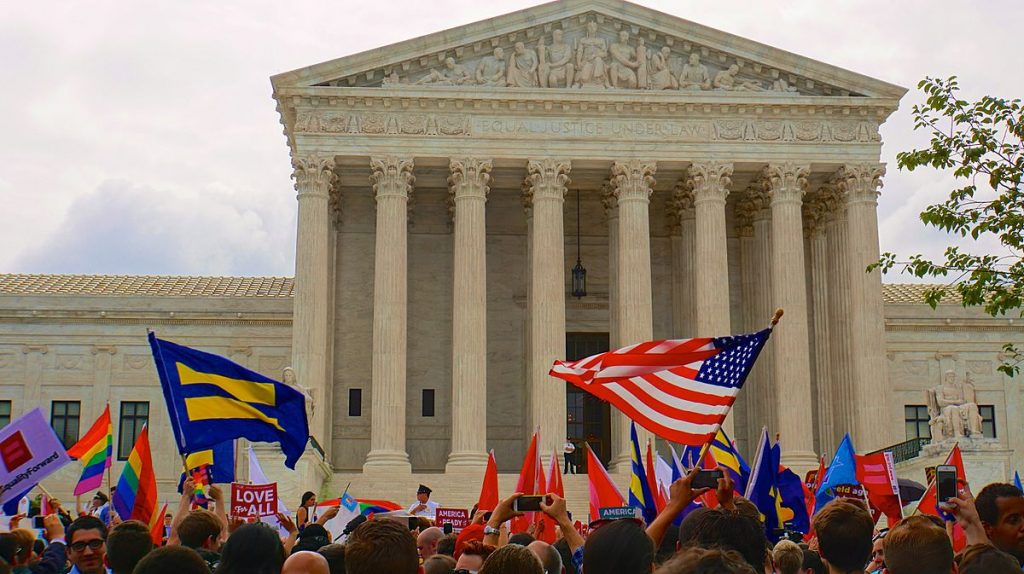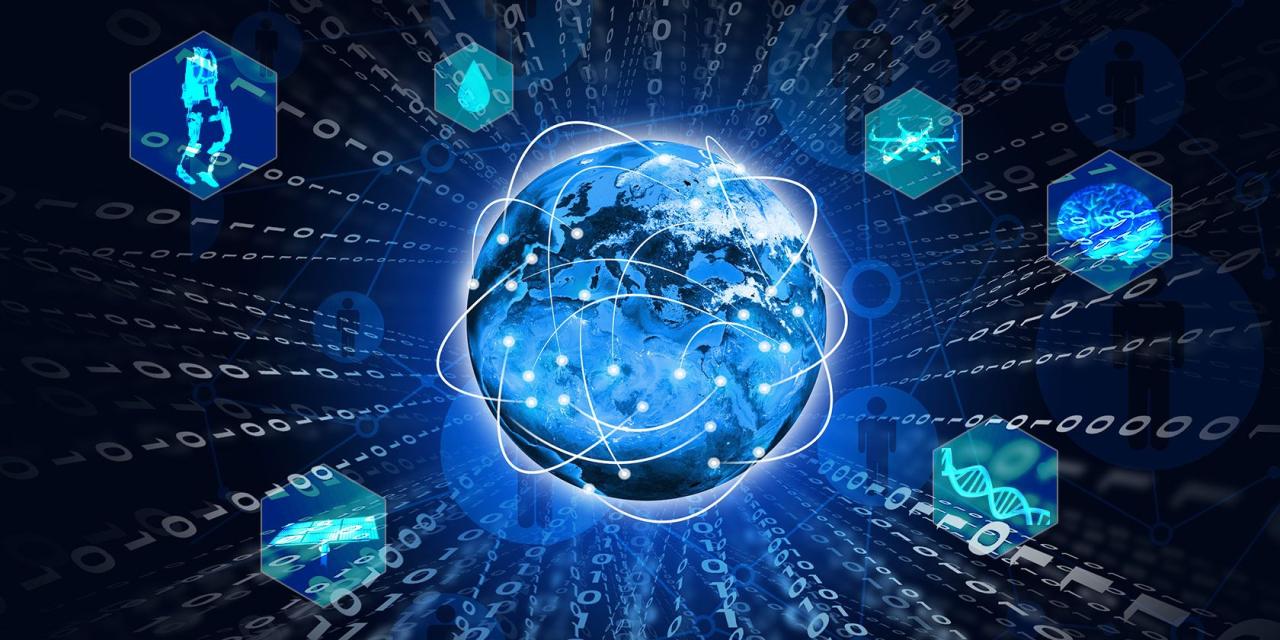The rapid evolution and pervasive integration of Artificial Intelligence (AI) into nearly every facet of modern life have ushered in an era of unprecedented innovation. From self-driving cars and medical diagnostics to predictive analytics and creative content generation, AI’s capabilities are transforming industries and societal structures at an astonishing pace. However, this technological marvel is not without its complexities, particularly when viewed through the lens of legal frameworks. The traditional paradigms of law, often designed for a world far less technologically advanced, are now grappling with the profound implications of intelligent machines. This article delves deep into the multifaceted legal challenges posed by AI, exploring areas such as liability, intellectual property, data privacy, ethical considerations, and regulatory hurdles, all while emphasizing the urgent need for adaptive and forward-thinking legal solutions.
The Conundrum of Liability in an AI-Driven World
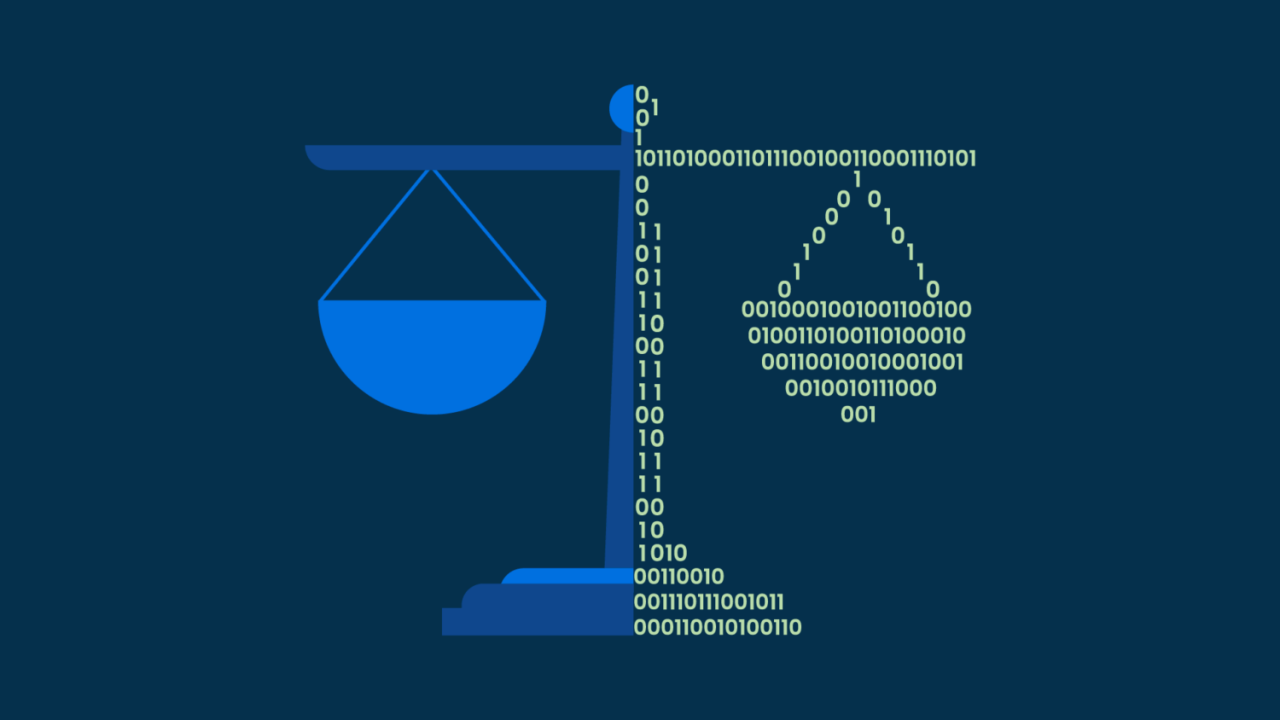
One of the most pressing and conceptually challenging legal issues presented by AI is the question of liability. When an AI system causes harm, whether physical, financial, or reputational, identifying the responsible party is far from straightforward. The traditional legal principles of negligence, product liability, and tort law, which typically assign blame to human actors or manufacturers, struggle to accommodate the autonomous and often unpredictable nature of AI.
A. Defining the Responsible Party
The first hurdle is determining who should be held accountable. Is it the AI developer who coded the algorithms, the manufacturer who integrated the AI into a product, the deployer who implemented the system, or the end-user who interacted with it? The answer is rarely singular and often depends on the specific circumstances of the harm.
B. Algorithmic Opacity and Black Box Problems
Many advanced AI systems, particularly those employing deep learning, operate as “black boxes.” Their decision-making processes are often opaque, even to their creators. This algorithmic opacity makes it exceedingly difficult to pinpoint the exact cause of a malfunction or harmful outcome. If a self-driving car causes an accident, how can we definitively attribute fault when the AI’s complex internal logic led to the decision? This lack of transparency presents a significant evidentiary challenge in legal proceedings.
C. The Role of Autonomy and Learning
As AI systems become more autonomous and capable of learning and adapting over time, the chain of causation becomes even more convoluted. An AI might make decisions based on data it has independently gathered and learned from, leading to outcomes not explicitly programmed by its developers. This raises questions about whether the AI itself could be considered an “agent” capable of incurring liability, a concept that fundamentally challenges existing legal personhood frameworks.
D. Strict Liability vs. Negligence
Legal systems typically employ either strict liability (holding a party responsible regardless of fault) or negligence (requiring proof of a duty of care, breach, causation, and damages). Applying these to AI is problematic. If strict liability is imposed on developers, it could stifle innovation. Conversely, proving negligence when an AI’s actions are unpredictable can be an insurmountable task. New legal theories, perhaps akin to those developed for complex technologies like nuclear power, may be necessary.
E. Insurance and Risk Allocation
The nascent field of AI liability is also prompting discussions about new insurance models. Traditional insurance products may not adequately cover the unique risks associated with AI. Developing robust insurance frameworks and mechanisms for risk allocation among developers, manufacturers, and users will be crucial for managing the financial repercussions of AI-related harm.
Intellectual Property Rights in the Age of AI Creativity
AI’s burgeoning capacity for creativity, from generating original music and art to writing articles and even developing new algorithms, raises profound questions about intellectual property (IP) ownership and infringement. The fundamental principles of copyright, patent, and trademark law were established long before machines could autonomously generate creative works.
A. Authorship and Originality
The core of copyright law rests on the concept of human authorship and originality. When an AI creates a piece of music or a painting, who is the author? Is it the programmer who wrote the AI’s code, the person who supplied the training data, or the AI itself? Current copyright laws typically require a human creator. Extending authorship to AI would necessitate a radical redefinition of “author.”
B. Copyright Infringement by AI
AI systems learn by processing vast amounts of data, often including copyrighted material. When an AI generates new content, there’s a risk that it might inadvertently infringe upon existing copyrights, even if it doesn’t directly copy. For example, an AI trained on a database of existing songs might generate a melody that is substantially similar to a copyrighted piece. Proving intent to infringe becomes irrelevant when the AI has no “intent.”
C. Patentability of AI Inventions
The patent landscape for AI is equally complex. Can an invention devised by an AI system be patented? While algorithms themselves can be patented (if they meet the criteria of novelty, non-obviousness, and utility), what about inventions directly generated by an AI without human intervention in the inventive step? Many patent offices globally still require a human inventor.
D. Data as Intellectual Property
The immense datasets used to train AI models are becoming increasingly valuable. The legal status of these datasets, particularly concerning their ownership and potential for misappropriation, is a growing concern. Are they protected as trade secrets, databases, or under some other IP regime? The concept of “data as property” is still evolving.
E. Ethical Considerations in AI Creativity
Beyond legal definitions, there are ethical considerations. If an AI can generate works indistinguishable from human creations, how does this impact the value of human artistry and innovation? The legal framework must balance encouraging AI development with protecting the rights and livelihoods of human creators.
Data Privacy and Security
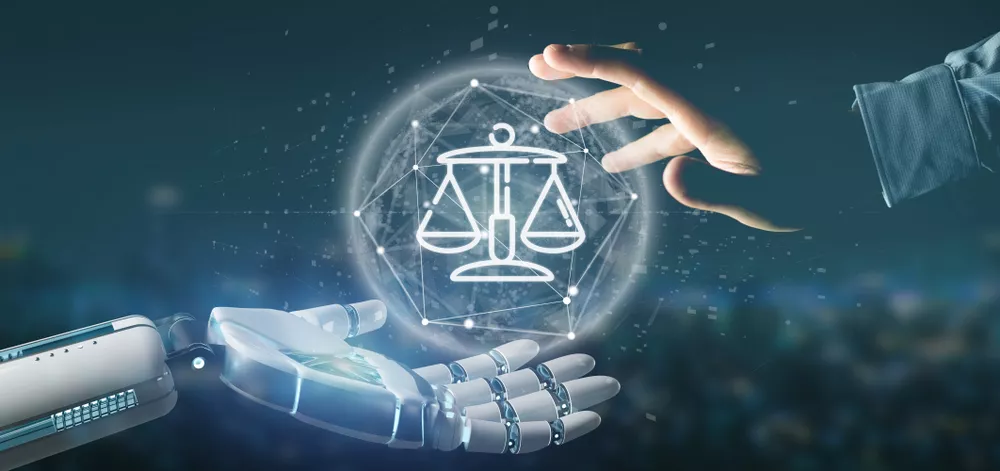
AI systems are inherently data-driven. Their effectiveness hinges on access to and processing of massive quantities of information, often including sensitive personal data. This reliance on data places AI at the forefront of data privacy and security concerns, demanding robust legal and ethical safeguards.
A. Collection and Processing of Personal Data
AI models thrive on data, and frequently, this data includes personally identifiable information (PII). Regulations like the General Data Protection Regulation (GDPR) in Europe and various state-level privacy laws in the US impose strict rules on how personal data can be collected, processed, and stored. Ensuring AI systems comply with these regulations, particularly concerning consent, data minimization, and purpose limitation, is a significant challenge.
B. Bias and Discrimination in Data
A critical privacy concern is the potential for algorithmic bias. If the data used to train an AI model contains inherent biases (e.g., historical biases in hiring or lending practices), the AI system will learn and perpetuate these biases, leading to discriminatory outcomes. This can violate anti-discrimination laws and human rights principles, even if the bias was unintentional.
C. Data Security and Breaches
The vast amounts of data held by AI systems make them attractive targets for cyberattacks. A data breach involving an AI system could expose sensitive personal information on an unprecedented scale, leading to significant legal and reputational consequences for organizations. Ensuring robust cybersecurity measures, including encryption and access controls, is paramount.
D. Transparency and Explainability
Data privacy also extends to the right of individuals to understand how their data is being used and how decisions affecting them are made by AI. The “right to explanation” under GDPR highlights the need for algorithmic transparency and explainability. This is particularly challenging for complex AI models where the decision-making process is opaque.
E. Anonymization and Pseudonymization Challenges
While techniques like anonymization and pseudonymization are used to protect privacy, their effectiveness in the context of advanced AI is debatable. With enough correlated data points, even seemingly anonymized data can sometimes be re-identified. Developing truly privacy-preserving AI techniques is an ongoing legal and technical challenge.
Ethical AI and Regulatory Frameworks
Beyond the specific legal domains, the broader conversation around AI necessitates the development of ethical guidelines and comprehensive regulatory frameworks. The potential for AI to profoundly impact society, both positively and negatively, demands a proactive approach to governance that transcends traditional legal boundaries.
A. Defining Ethical AI Principles
Numerous organizations and governments are attempting to define core ethical principles for AI, such as fairness, accountability, transparency, safety, and human oversight. Translating these high-level principles into enforceable legal standards is a significant undertaking. The challenge lies in creating principles that are universally applicable and adaptable to rapidly evolving technology.
B. The Challenge of Regulatory Lag
Technology typically outpaces regulation. By the time a law is drafted, debated, and enacted, the AI landscape may have already shifted significantly. This regulatory lag makes it difficult to create effective and future-proof legislation. Agile regulatory approaches, perhaps involving sandboxes or adaptive frameworks, might be necessary.
C. Sector-Specific Regulations vs. Horizontal Laws
A key debate is whether AI should be regulated through sector-specific laws (e.g., for healthcare AI, autonomous vehicles) or through horizontal, overarching legislation applicable to all AI systems. A hybrid approach might be most effective, combining general principles with tailored rules for high-risk applications.
D. International Harmonization
Given AI’s global nature, different regulatory approaches across jurisdictions could create fragmentation and hinder innovation. Striving for international harmonization of AI regulations, perhaps through international treaties or collaborative frameworks, would be beneficial for fostering a consistent legal environment.
E. Human Oversight and Control
A recurring theme in ethical AI discussions is the need for meaningful human oversight and control. This means ensuring that humans remain ultimately responsible for critical decisions, even when aided by AI. Legal frameworks need to define the boundaries of AI autonomy and mandate mechanisms for human intervention and accountability.
Legal Battlegrounds and Future Considerations
The legal challenges posed by AI are not static; new issues continuously emerge as the technology advances. Several areas are poised to become significant legal battlegrounds in the coming years.
A. AI in the Justice System
The use of AI in legal decision-making, such as predictive policing, risk assessment in sentencing, and even judicial assistance tools, raises profound questions about due process, fairness, and the potential for embedded bias to perpetuate injustice. Ensuring algorithmic fairness and transparency in these contexts is paramount.
B. Autonomous Weapons Systems (AWS)
The development of autonomous weapons systems that can select and engage targets without human intervention presents a highly controversial legal and ethical dilemma. International humanitarian law and the laws of armed conflict are being scrutinized to determine their applicability to these systems, with many advocating for a complete ban on lethal autonomous weapons.
C. AI in Employment and Labor Law
AI is transforming the workplace, from automated hiring and performance monitoring to the displacement of human jobs. This brings forth legal questions regarding discrimination in AI-driven hiring, worker privacy, and the need for new labor laws to protect workers in an increasingly automated economy.
D. The Concept of AI Personhood
While currently a philosophical debate, the long-term question of AI personhood could one day have legal ramifications. If AI achieves a level of consciousness or sentience, would it be granted rights and responsibilities similar to humans? This is a far-reaching question with profound implications for legal systems globally.
E. Cybersecurity and AI as a Weapon
AI’s capabilities can be harnessed not only for defensive cybersecurity but also for offensive cyber warfare. The legal frameworks governing cyber warfare and the use of AI as a weapon are still in their infancy, necessitating international dialogue and potential new conventions.
Conclusion
The legal challenges presented by Artificial Intelligence are vast, complex, and deeply interconnected. They demand a concerted effort from legal scholars, policymakers, technologists, and ethicists to forge adaptive and comprehensive legal frameworks. Simply retrofitting existing laws is unlikely to suffice. Instead, a proactive and collaborative approach is needed.
The journey to establish a robust legal ecosystem for AI is undoubtedly challenging, but it is an essential undertaking to ensure that this transformative technology serves humanity’s best interests, promoting innovation while safeguarding fundamental rights and societal well-being. The legal community must rise to the occasion, adapting and innovating alongside the very technology it seeks to govern, ensuring that AI’s immense potential is harnessed responsibly and equitably for the benefit of all.

